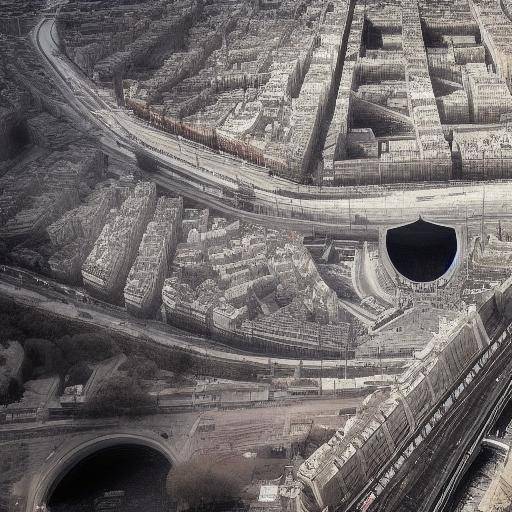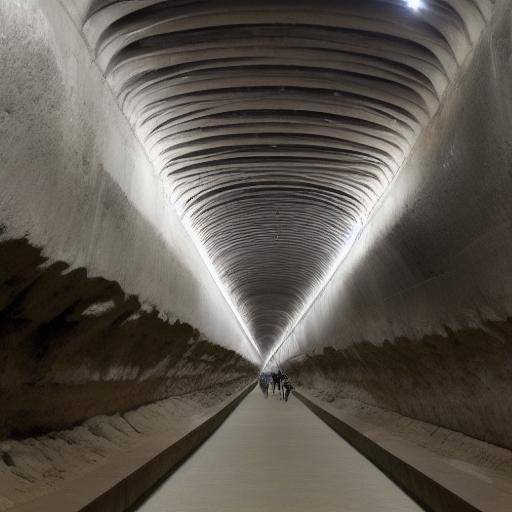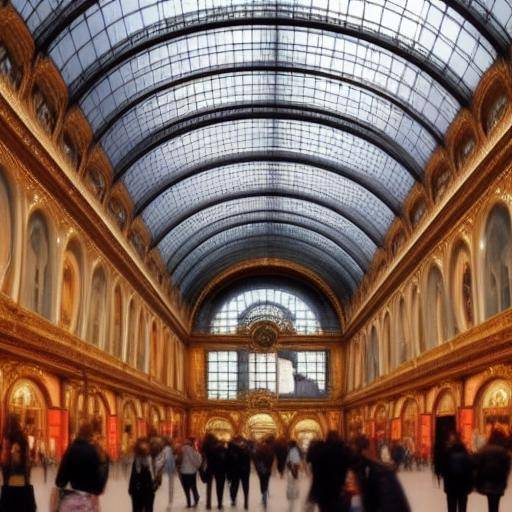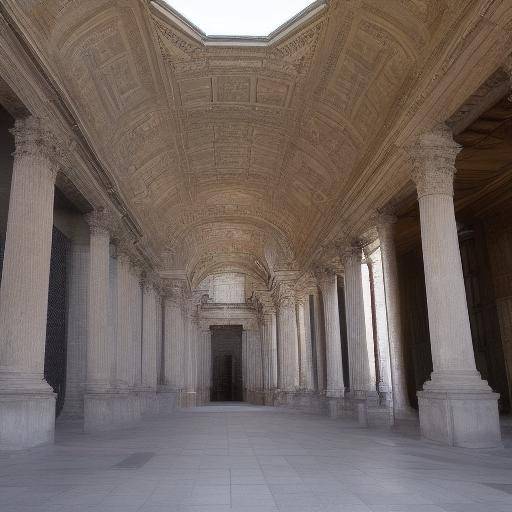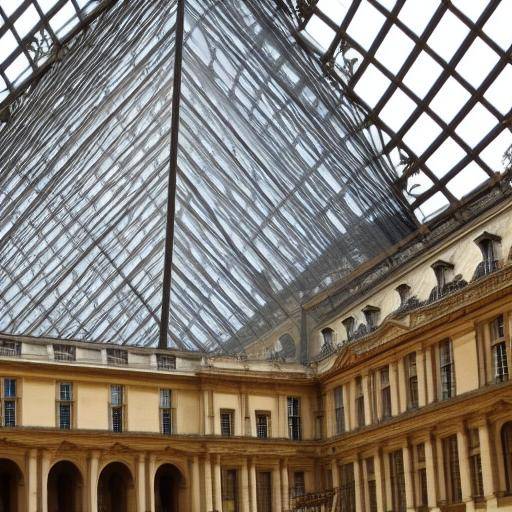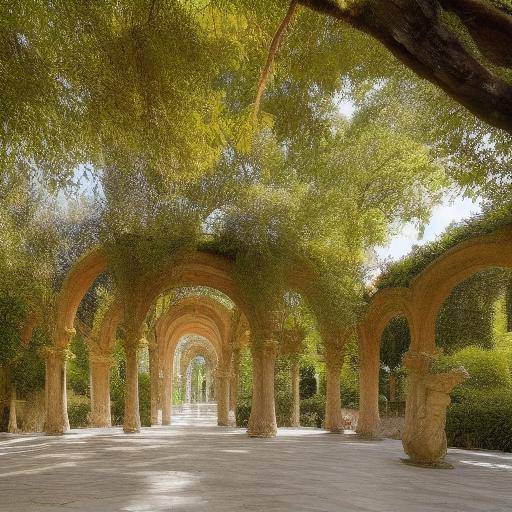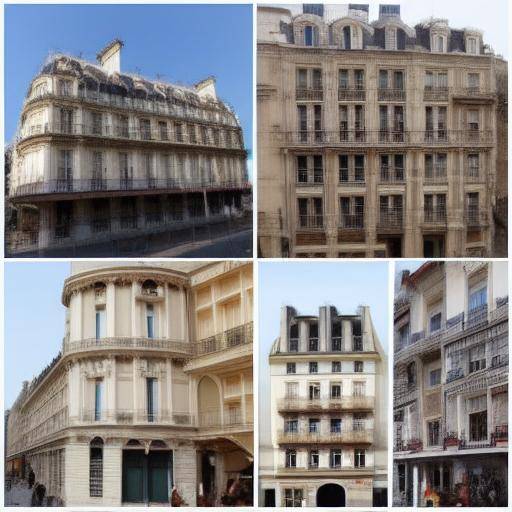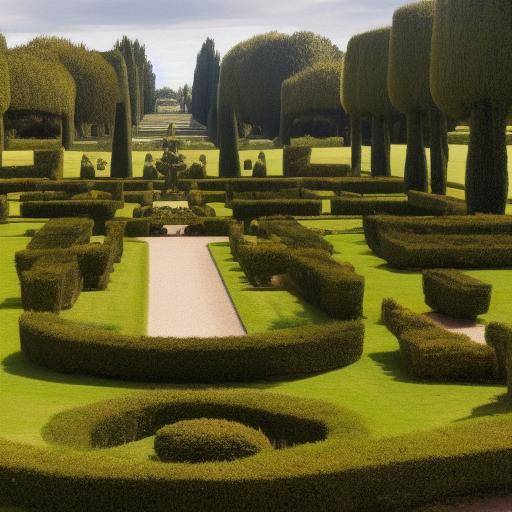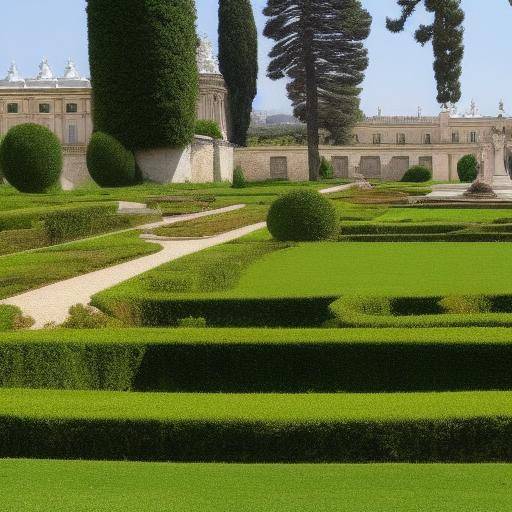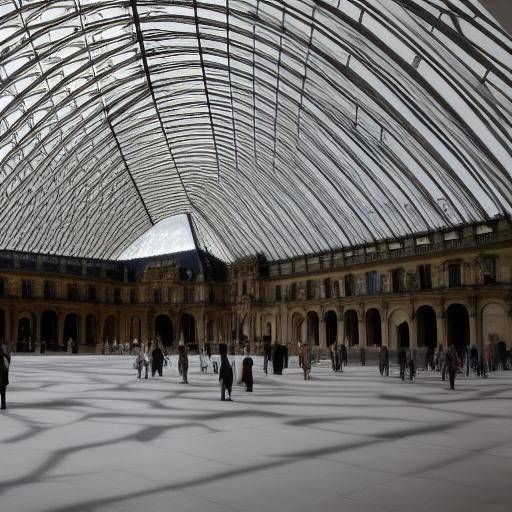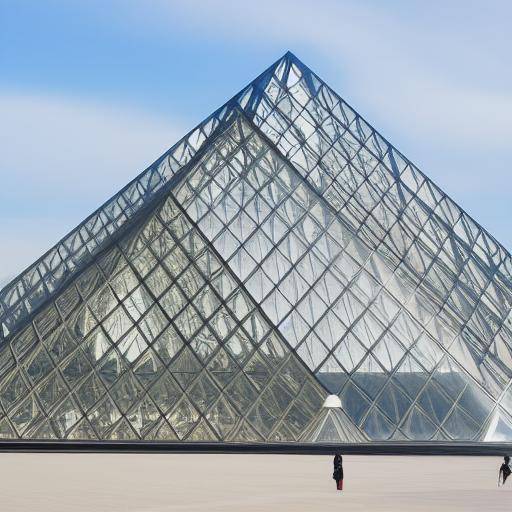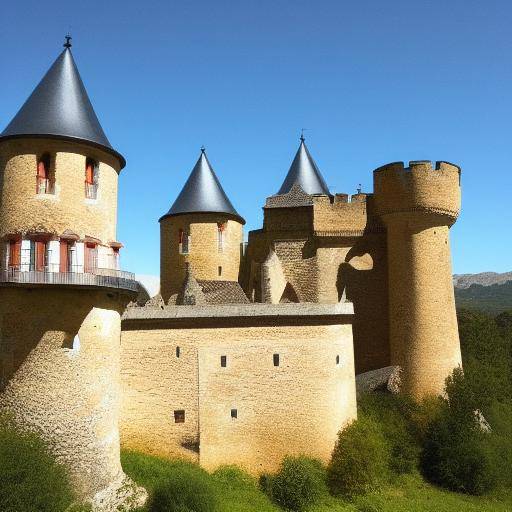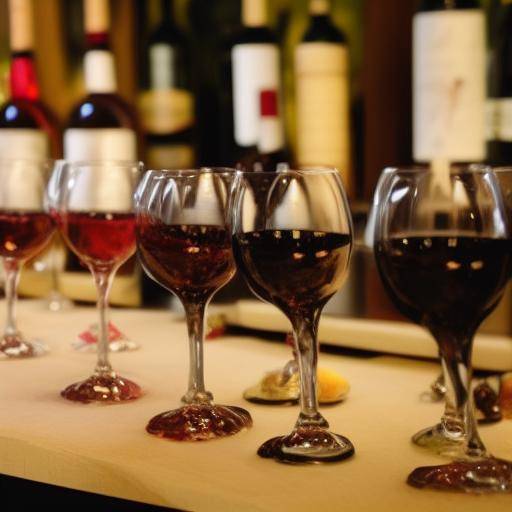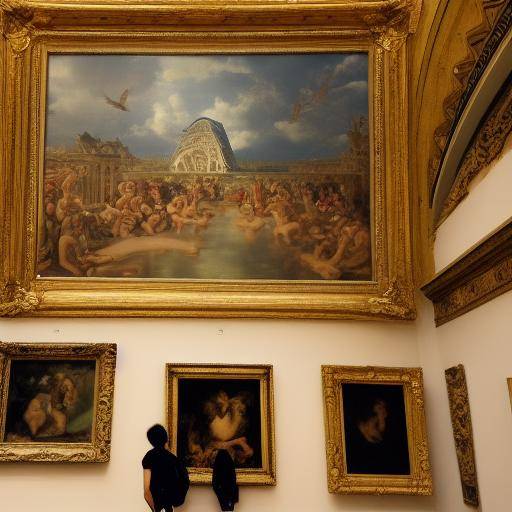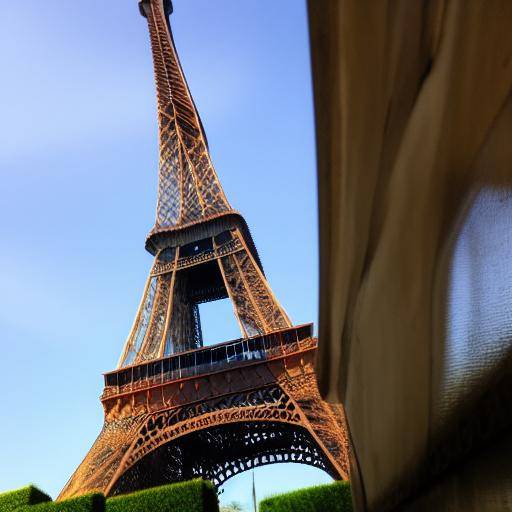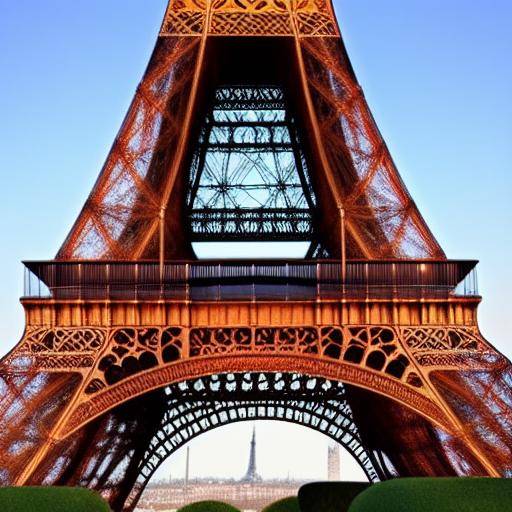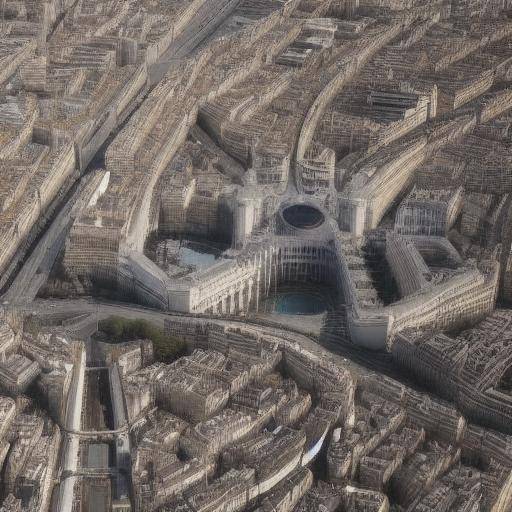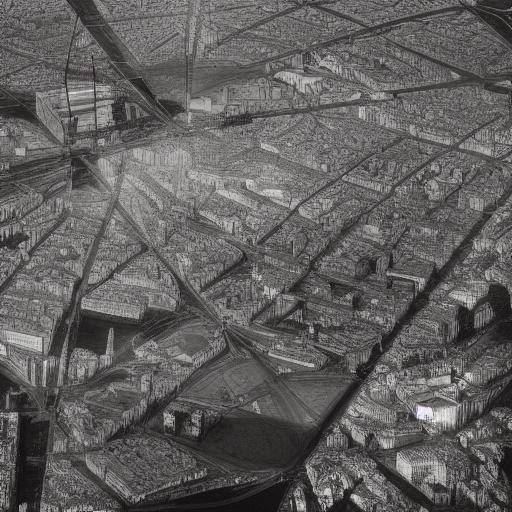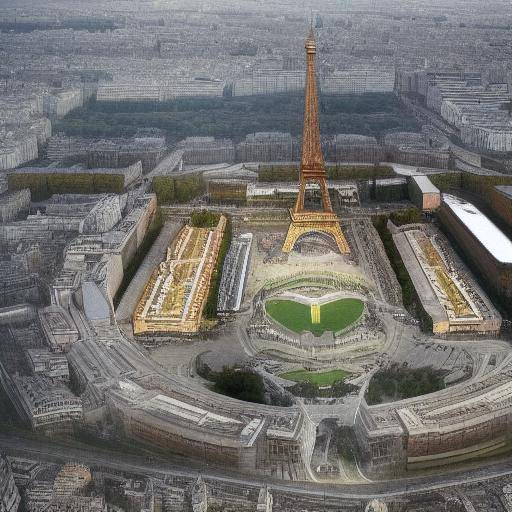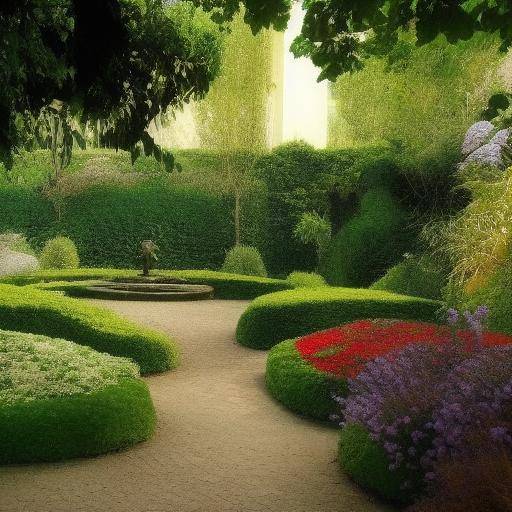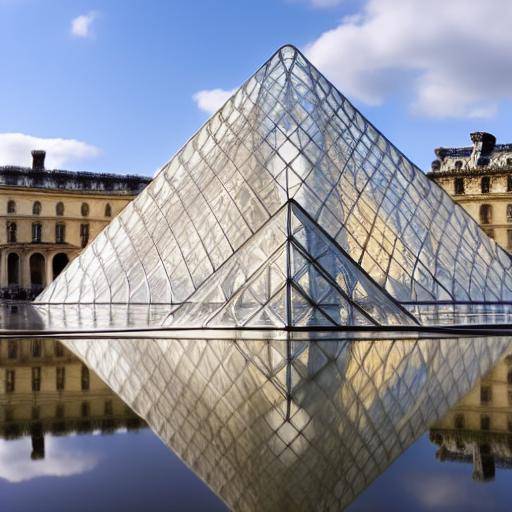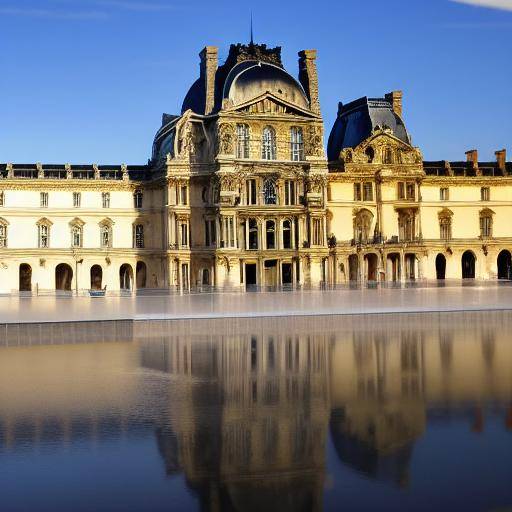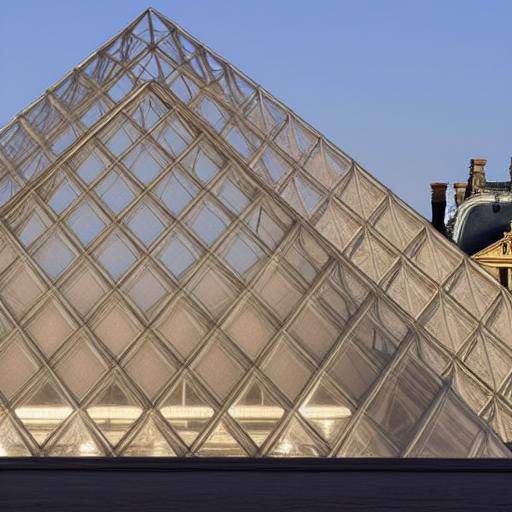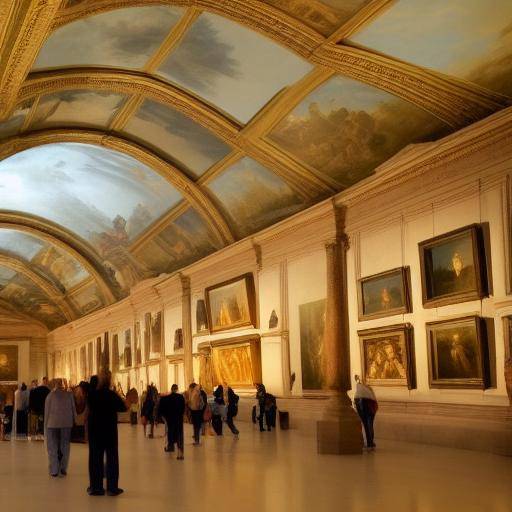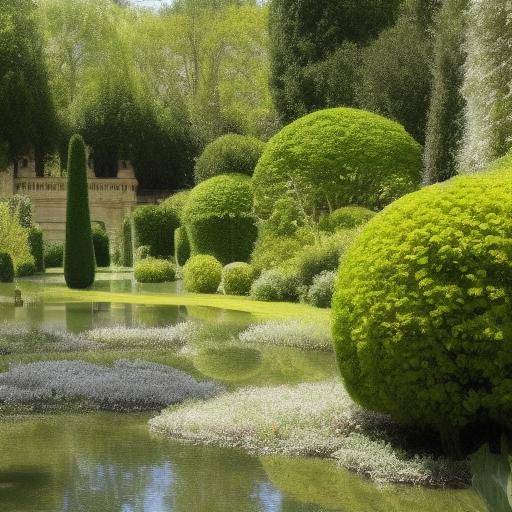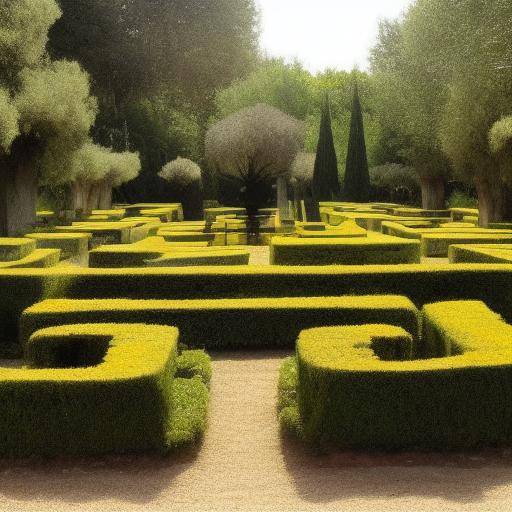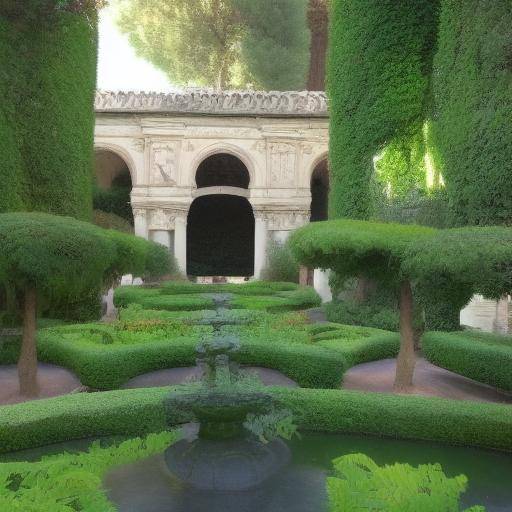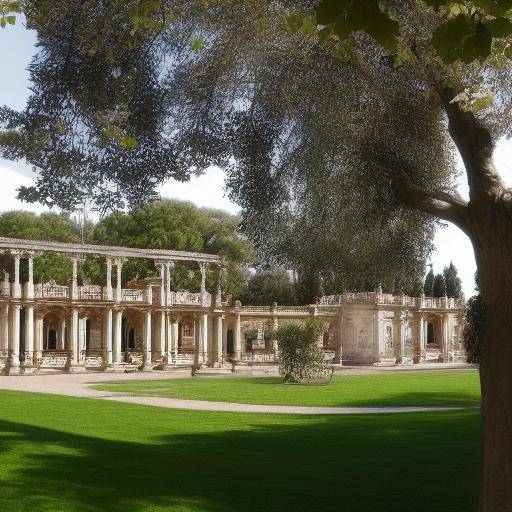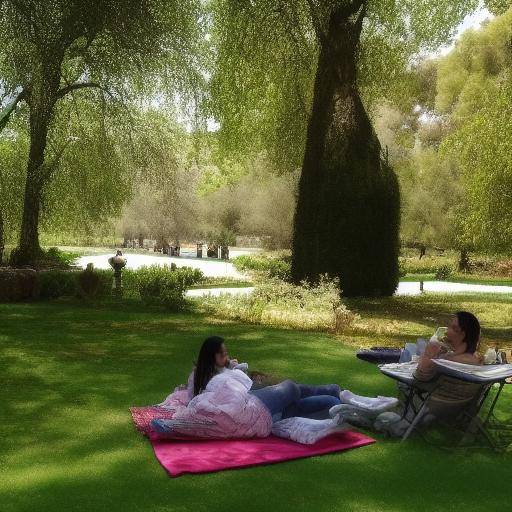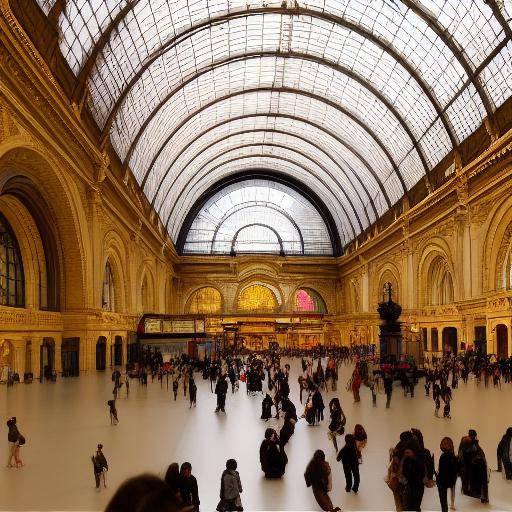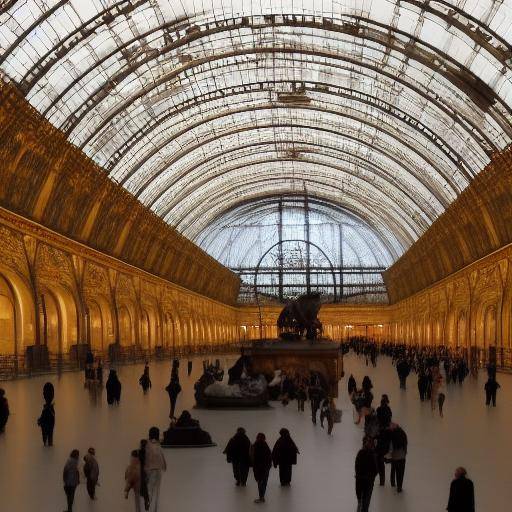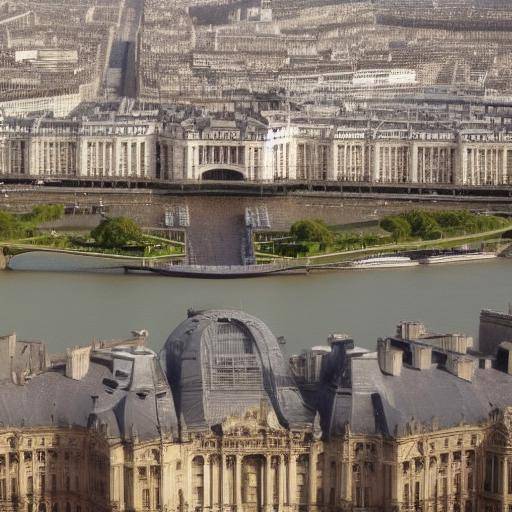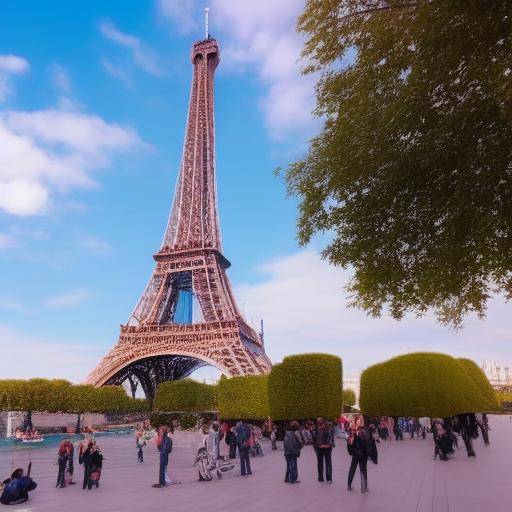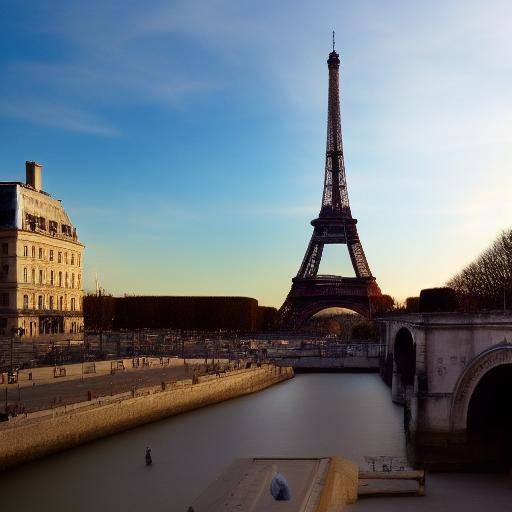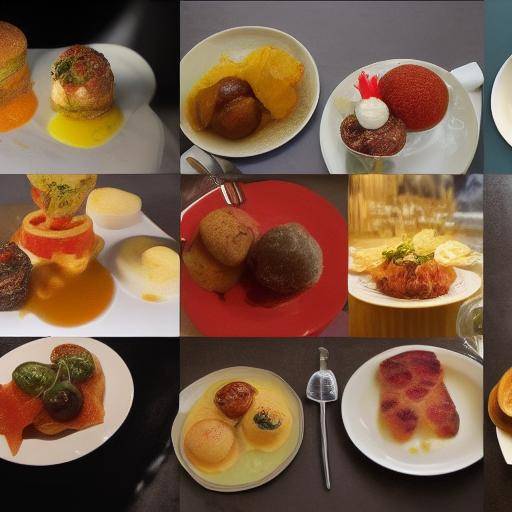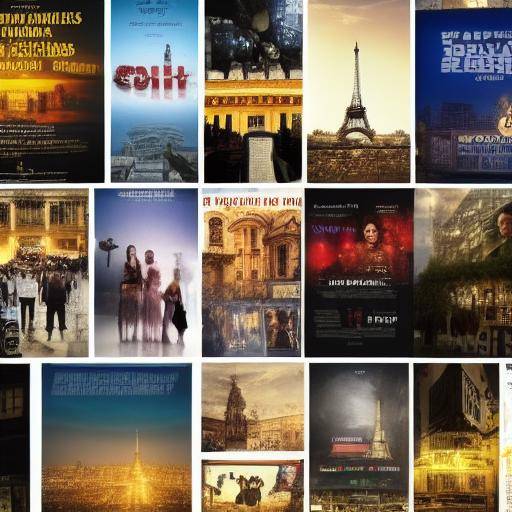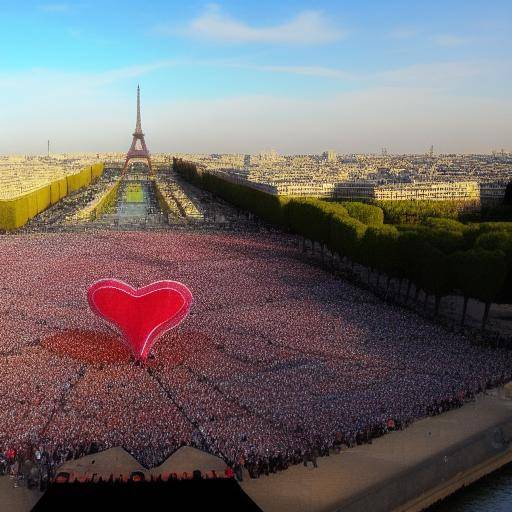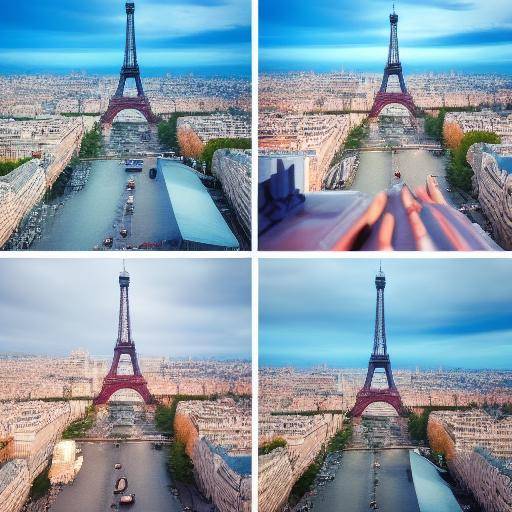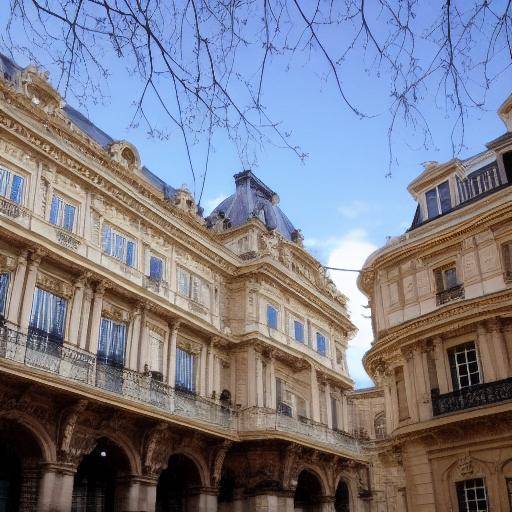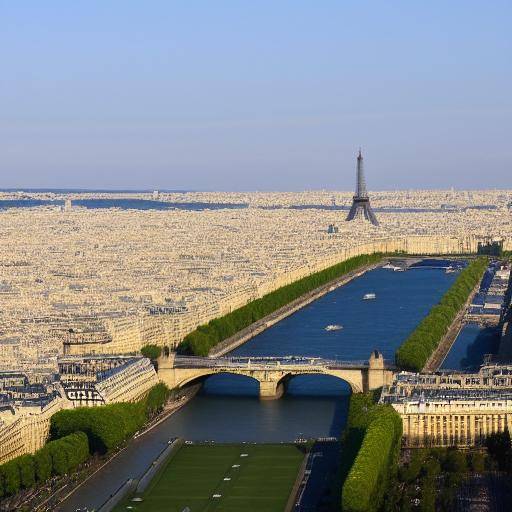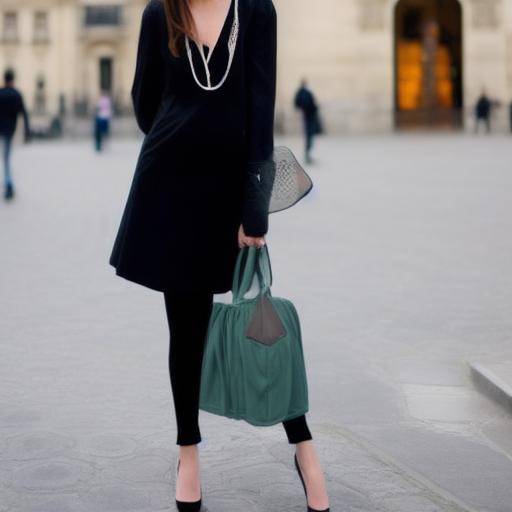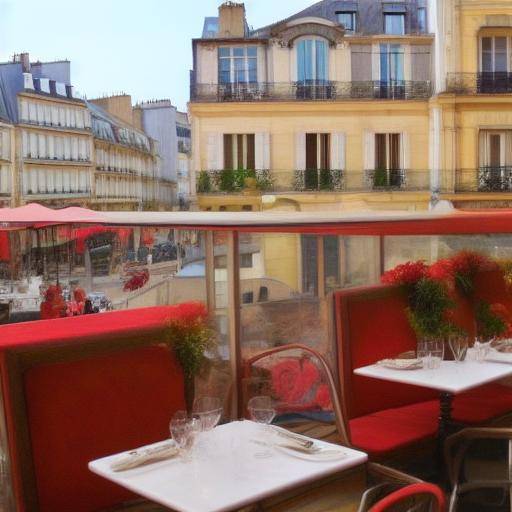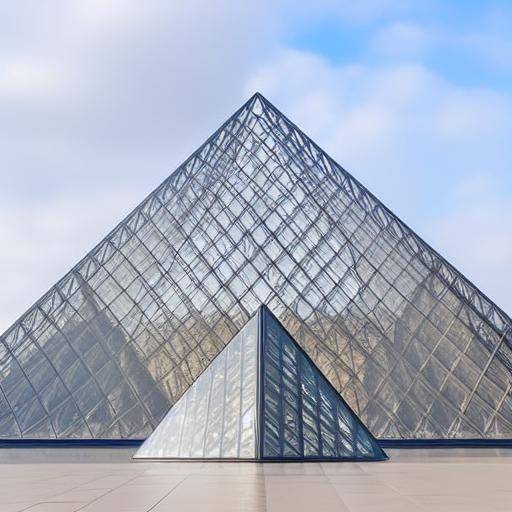
Introduction
If you're planning a visit to Paris and are curious to discover the glorious past and the dazzling art that houses the city of light, then you can't stop visiting the Louvre, one of the most emblematic and famous museums in the world. In this detailed guide, I will take you to a fascinating tour of the Louvre, revealing its history, its artistic treasures, its connections with Paris and France, and provide you with practical advice to make your visit an unforgettable experience.
History and Background of the Louvre
Origen of the Louvre
The Louvre, originally a medieval fortress, has undergone a fascinating transformation over the centuries. From its construction in the 12th century to now, the building has witnessed countless historical events that have left an indelible mark on its architecture and history.
The Louvre as Royal Palace
Over the centuries, the Louvre has been used as a royal residence, which has significantly influenced its architectural and artistic evolution. The incorporation of the royal collection of art during the reign of Louis XIV marked the beginning of its transformation into a museum.
The Louvre as Museum
The Louvre officially became a museum in 1793, during the French Revolution, and since then it has continued to expand and enrich itself with invaluable works of art from various cultures and historical periods.
Anecdotes and Key Moments
The history of the Louvre is full of fascinating anecdotes and key moments that have shaped their identity over the years. From the robbery of the Mona Lisa portrait to its restoration, the Louvre has been the scene of numerous events that have captured the imagination of the world.
Deep Analysis: Art, Culture and Heritage
Treasures of the Louvre
The museum houses an impressive collection of art from Antiquity to the 19th century. Masterpieces such as the Mona Lisa of Leonardo da Vinci, the Victory of Samotracia and the Venus of Milo are just some of the jewels that await visitors.
Current Challenges and Trends
While the Louvre is an indisputable cultural emblem, it also faces contemporary challenges, including crowd management, the preservation of art works and the integration of digital technology to improve the visitor's experience.
Perspectives in Contemporary Art
The Louvre, despite its focus on classical art, has also incorporated contemporary works and events that seek to enrich the experience of visitors and involve diverse audiences.
Integral Review: Louvre, Paris and France
Icono Cultural de Paris
The Louvre is not only an important tourist destination, but it has also become a cultural and heritage symbol of Paris. His influence on the identity of the city is undeniable.
Cultural Comparison between Paris and France
The Louvre reflects not only the artistic wealth of the city of Paris, but also the cultural and artistic diversity of all France. Through its collections, the museum represents the vast history and cultural diversity of the country.
Practical Tips and Recommendations
Planning of the Visit
To make the most of your visit to the Louvre, I recommend you plan ahead, book your tickets online and choose the galleries and works that interest you most in order to optimize your time.
Tour of the Museum
Being one of the largest museums in the world, it is useful to have a plan to visit the Louvre. I suggest you start with the most emblematic works and then explore the exhibitions and collections according to your interests.
High Season and Travel Tips
During the high season, the Louvre may be crowded, so it is advisable to visit it early in the morning or later in the afternoon to avoid crowds. In addition, it is always useful to bring with you a bottle of water and wear comfortable shoes, as the walk through the museum can be extensive.
Perceptions of Industry and Expert Reviews
Global Impact of the Louvre
The Louvre is not only a cultural icon of Paris and France, but has a significant impact on a global level, influencing the way art and culture are perceived and appreciated worldwide.
Outlook of Experts
Experts on art, history and tourism offer valuable insights on the importance of the Louvre, discussing its role in the preservation of artistic heritage and its contribution to education and cultural enrichment.
Case studies and practical applications
Impact on the Local Community
The Louvre not only attracts visitors from around the world, but also has a significant impact on the local community, generating economic and cultural opportunities for residents and businesses.
Education and Learning
The Louvre deploys innovative educational programs aimed at bringing art closer to children and adults, promoting appreciation and understanding of cultural and artistic heritage.
Future Trends and Predictions
Digitization of Heritage
The Louvre is at the forefront of the digitalization of cultural heritage, with initiatives to provide online access to its collections and use advanced technologies to preserve and spread artistic heritage.
Evolution of Visitor Experience
The Louvre is expected to continue to innovate in the way visitors interact with art, using immersive technologies and interactive experiences that enrich their understanding and appreciation.
Conclusions and FAQs
Conclusion
The Louvre is not only a museum, it is a window to the past, present and future of art and culture. Its influence transcends borders and continues to inspire millions of visitors every year, making it an invaluable treasure of humanity.
Frequently asked questions
How long do you need to visit the Louvre?
The recommended time for a full visit to the Louvre is at least half a day, but even with a few hours you can enjoy some of the most famous masterpieces.
What is the best time of the year to visit the Louvre?
The best time to visit the Louvre is during the low season, which is usually in the autumn or spring months, when there are fewer crowds and more space to enjoy the works of art.
Is the Louvre accessible to people with disabilities?
Yes, the Louvre has facilities and services adapted for visitors with disabilities, including lifts, accessible bathrooms and reserved parking spaces.
What are the most famous works of art in the Louvre?
In addition to the Mona Lisa, the Louvre hosts other iconic masterpieces such as the Venus of Milo, the Victory of Samotracia, Freedom leading the people of Delacroix, among others.
Can I take photographs inside the Louvre?
Yes, photographs are allowed in most areas of the Louvre, except in some temporary exhibitions where photography may be restricted.
What is the most convenient way to get to the Louvre?
The Louvre is located in the heart of Paris and is accessible by public transport, including the metro and buses. You can also choose to get by bike or on foot if you stay close.
In short, the Louvre is a cultural gem that transcends time and space, enriching the lives of those who visit it. By exploring its corridors and exhibitions, you will enter a journey through history, art and humanity, discovering treasures that have endured over the centuries and continue to captivate art lovers from around the world. Dive into the splendour of the Louvre, where every work of art tells a unique story and every hallway takes you to a new world of unforgettable artistic discoveries. Welcome to the Louvre, where the past is alive and the present is filled with wonder!
Remember that this guide is designed to help you make the most of your visit to the Louvre, ensuring an enriching and memorable experience. Whether you are passionate about art, a history enthusiast or a curious traveler, the Louvre will receive you with open arms, ready to reveal your secrets and wonders to you. Enjoy your visit to the Louvre, the artistic heart of Paris and France!
I hope this detailed guide has awakened in you a great expectation to explore the Louvre. If you have any additional questions or require more details about your next visit, do not hesitate to search for the information necessary to make your experience unforgettable.

